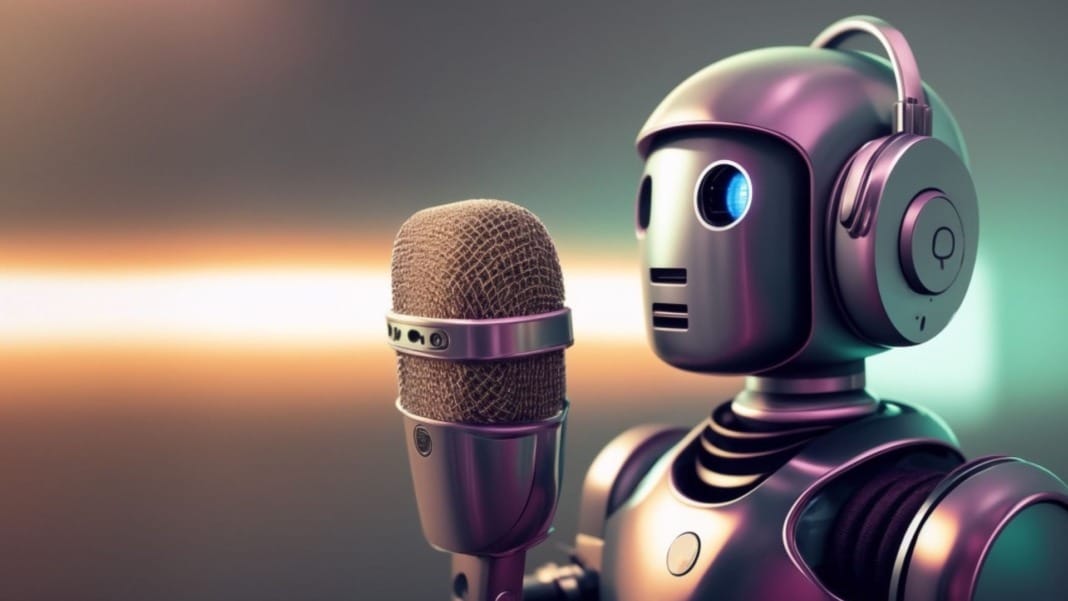YouTube is rolling out a ground-breaking feature for content creators, enabling automatic video dubbing in nine languages. This new AI-powered tool not only translates content but also mimics the original speaker’s voice, ensuring a seamless and natural viewing experience for audiences around the globe.
Nine languages available at launch
The feature will initially support English, Spanish, Portuguese, German, French, Italian, Hindi, Indonesian, and Japanese. Creators can expect this capability to be added to their accounts in the coming weeks, but it will apply only to new uploads, not existing videos.
The auto-dubbing tool, formerly known as Aloud, was first introduced during YouTube’s “Made on YouTube” event in September. At the time, a spokesperson revealed that the platform plans to expand access to the tool to hundreds of thousands of creators. Languages available in the beta version included English, Spanish, and Portuguese, with more now added to cater to a broader audience.
Once activated, the tool automatically dubs videos upon upload. Creators who prefer to use their original audio can opt out of the feature.
Competition heats up in AI translation
YouTube is not alone in its pursuit of AI-powered language translation. Spotify launched its translation tool in 2023 to provide a more personal and natural audio experience. Initially limited to English-to-Spanish translations, Spotify’s tool has since expanded to include French and German.
I said podcasts but it’s happening on YouTube first:
— @levelsio (@levelsio) November 21, 2024
YouTube will now auto dub videos in English, Spanish, Portuguese, German, French, Italian, Hindi, Indonesian and Japanese
The dubs will use AI to take the original voice but change the language (like @lexfridman‘s podcast… https://t.co/1awdnDF8lk pic.twitter.com/KhelUxtLZL
Meanwhile, Meta has unveiled SeamlessM4T, a universal language translator capable of handling over 100 languages. This tool goes beyond text-to-text and voice-to-voice translation, adding text-to-voice options to its impressive features.
A step forward, but not without risks
This technology opens up new opportunities for content creators, allowing them to reach international audiences that may have been previously out of reach. Communicating across languages could transform how creators connect with their viewers and grow their channels.
However, concerns remain. AI translation tools could be more flawless and sometimes produce errors or misinterpretations. If a translation is inaccurate, creators might not realise it until viewers flag the issue, especially if the creators don’t speak the language themselves.
Despite these risks, YouTube’s new tool represents a significant step in making content accessible to a global audience. For creators, the opportunity to expand their reach while maintaining their unique voice is a promising development in the ever-evolving digital landscape.





